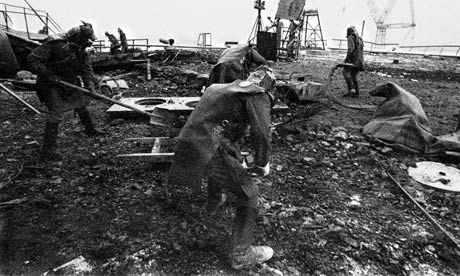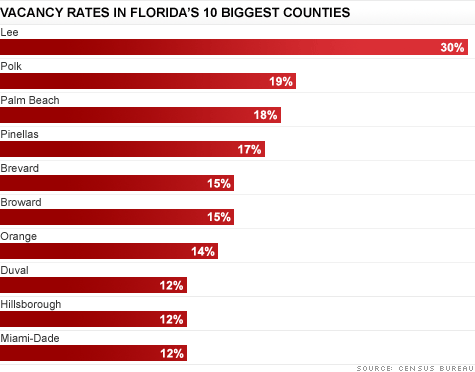• Predicted deaths range from 4,000 to half a million

At the children's cancer hospital in Minsk, Belarus, and at the Vilne hospital for radiological protection in the east of Ukraine, specialist doctors are in no doubt they are seeing highly unusual rates of cancers, mutations and blood diseases linked to the Chernobyl nuclear accident 24 years ago.
But proving that infant mortality hundreds of miles from the stricken nuclear plant has increased 20-30% in 20 years, or that the many young people suffering from genetic disorders, internal organ deformities and thyroid cancers are the victims of the world's greatest release of radioactivity, is impossible.
The UN's World Health Organisation and the International Atomic Energy Agency claim that only 56 people have died as a direct result of the radiation released at Chernobyl and that about 4,000 will die from it eventually.
They also say that only a few children have died of cancers since the accident and, that most of the illnesses usually linked to Chernobyl are due to psychological distress, radiophobia or poverty and unhealthy living.
But other reputable scientists researching the most radiation-contaminated areas of Russia, Belarus and Ukraine are not convinced. The International Agency for Research on Cancer, another UN agency, predicts 16,000 deaths from Chernobyl; an assessment by the Russian academy of sciences says there have been 60,000 deaths so far in Russia and an estimated 140,000 in Ukraine and Belarus.
Meanwhile, the Belarus national academy of sciences estimates 93,000 deaths so far and 270,000 cancers, and the Ukrainian national commission for radiation protection calculates 500,000 deaths so far.
The mismatches in figures arise because there have been no comprehensive, co-ordinated studies of the health consequences of the accident. This is in contrast to Nagasaki and Hiroshima, where official research showed that the main rise in most types of cancer and non-cancer diseases only became apparent years after the atomic bombs fell.
With Chernobyl there have been difficulties in gathering reliable data from areas left in administrative chaos after the accident. Hundreds of thousands of people were moved away from the affected areas, and the break-up of the Soviet Union led to records being lost.
Controversy rages over the agendas of the IAEA, which has promoted civil nuclear power over the past 30 years, and the WHO. The UN accepts only peer-reviewed scientific studies written in certain journals in English, a rule said to exclude dozens of other studies.
Four years ago, an IAEA spokesman said he was confident the WHO figures were correct. And Michael Repacholi, director of the UN Chernobyl forum until 2006, has claimed that even 4,000 eventual deaths could be too high. The main negative health impacts of Chernobyl were not caused by the radiation but by the fear of it, he claimed.
But today Linda Walker, of the UK Chernobyl Children's Project, which funds Belarus and Ukraine orphanages and holidays for affected children, called for a determined effort to learn about the effects of the disaster. "Parents are giving birth to babies with disabilities or genetic disorders … but, as far as we know, no research is being conducted."

